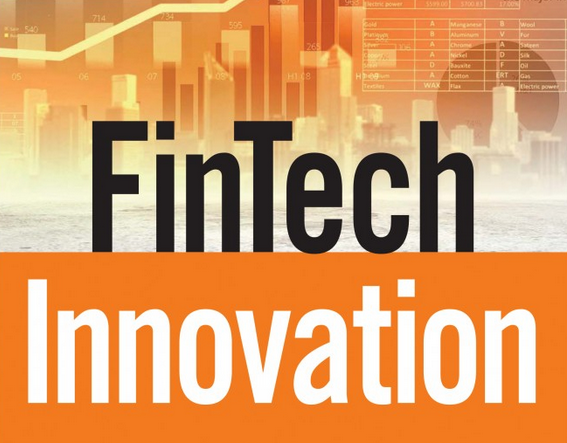The transportation and logistics (T&L) industry has observed steady growth for more than 10 years and now represents an over $300 billion industry. The industry has three major challenges – agility, sustainability, and visibility – and companies operating in the industry are hoping to address those challenges through digital transformation. In its latest report, “The Digital Transformation of Transportation and Logistics,” Lux Research highlights the most compelling use cases for digital transformation within transportation and logistics and shows where maturation is still needed.
“Trade globalization, digital consumers, and low oil prices have all driven growth in the T&L industry while imposing new challenges,” explains Harshit Sharma, Lux Research Analyst and lead author of the report. “For example, there is growing consumer demand for agility through the rapid delivery of products: Air cargo is the best means to achieve this but decreases sustainability significantly due to air freight’s high carbon intensity, not to mention that rapid delivery can also mean often engaging with new vendors, creating visibility challenges. We need to innovate to find better all-around solutions to address these challenges without exacerbating others.”
Global trade has also created supply chain visibility issues for companies due to complex supplier networks, leading to greater risk, shipping delays, and even lack of supplier accountability. There are currently a wide variety of digital use cases being explored in logistics, which are at varying stages of commercial maturity and innovation activity.
Lux recommends that logistics companies look at digital as a connected system, as opposed to disconnected pieces, and build foundational use cases, such as asset monitoring, first before delving further into advanced applications like autonomy and AI. These systems should first focus on the area of greatest importance to your organization, whether it be agility, sustainability, or visibility, but as stand-alone elements, use cases will not produce their best value proposition.
“Currently, digital transformation of logistics is in its infancy and offers a host of opportunities for further development. Technology development is primarily being led by innovative startups like FarEye, ClearMetal, and Optoro and tech companies like IBM, and not by industry service players, which is in stark contrast to many adjacent industries, including oil and gas, chemicals, and power,” adds Sharma. “An underlying reason for this trend is the unfamiliarity of traditional players with digital. This could eventually lead to third-party logistics companies being phased out in favor of tech companies that offer both capital and novel technology.”
Lux predicts that as digital transformation scales in the industry, traditional logistics companies will look toward new business models and go assetless. As e-commerce continues to rapidly grow, and competition in this space escalates, major players may look to consolidate and invest in the logistics vertical to build a competitive advantage and drive competition out of regional markets.
For more information, download the report’s executive summary. If you’re interested in discussing this further, I would be happy to set up a phone or email interview with a member of the Lux Research team.
HedgeThink.com is the fund industry’s leading news, research and analysis source for individual and institutional accredited investors and professionals






































